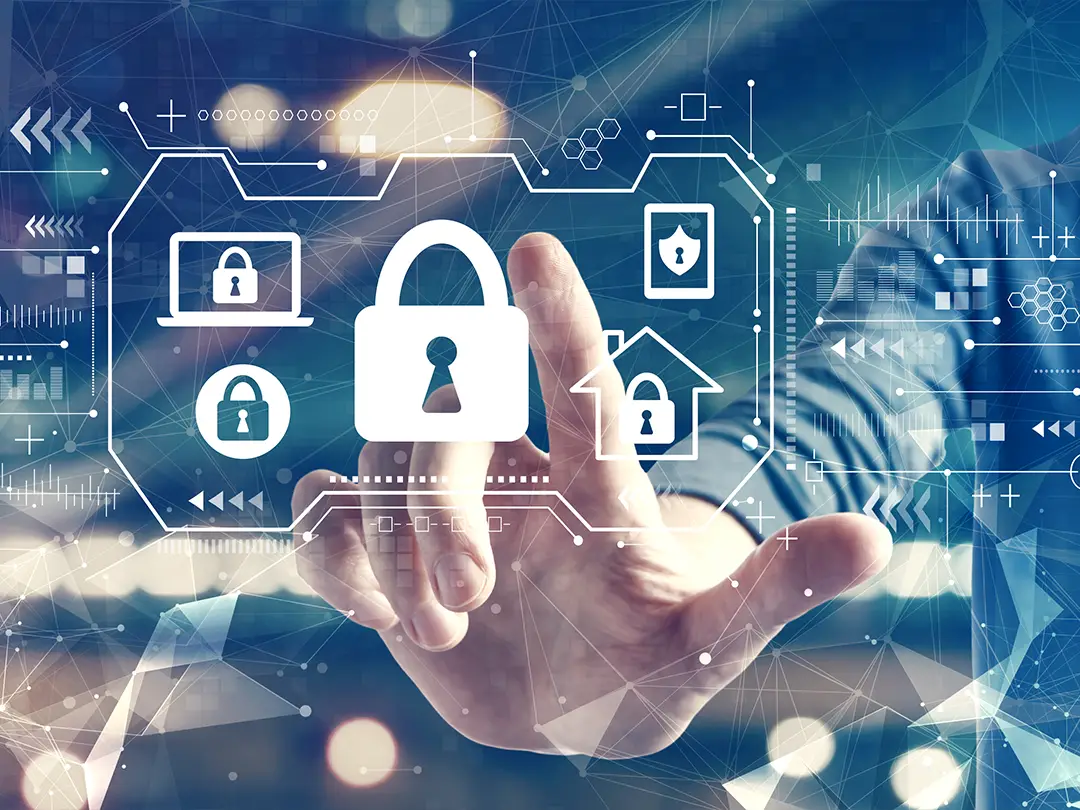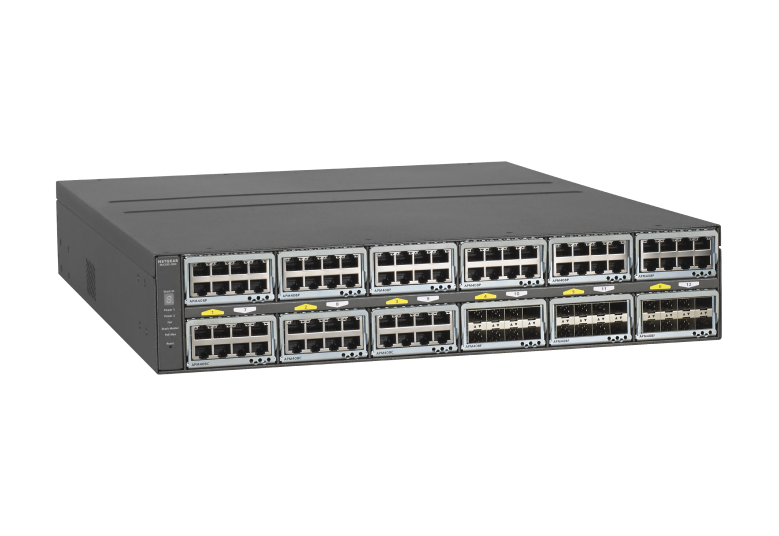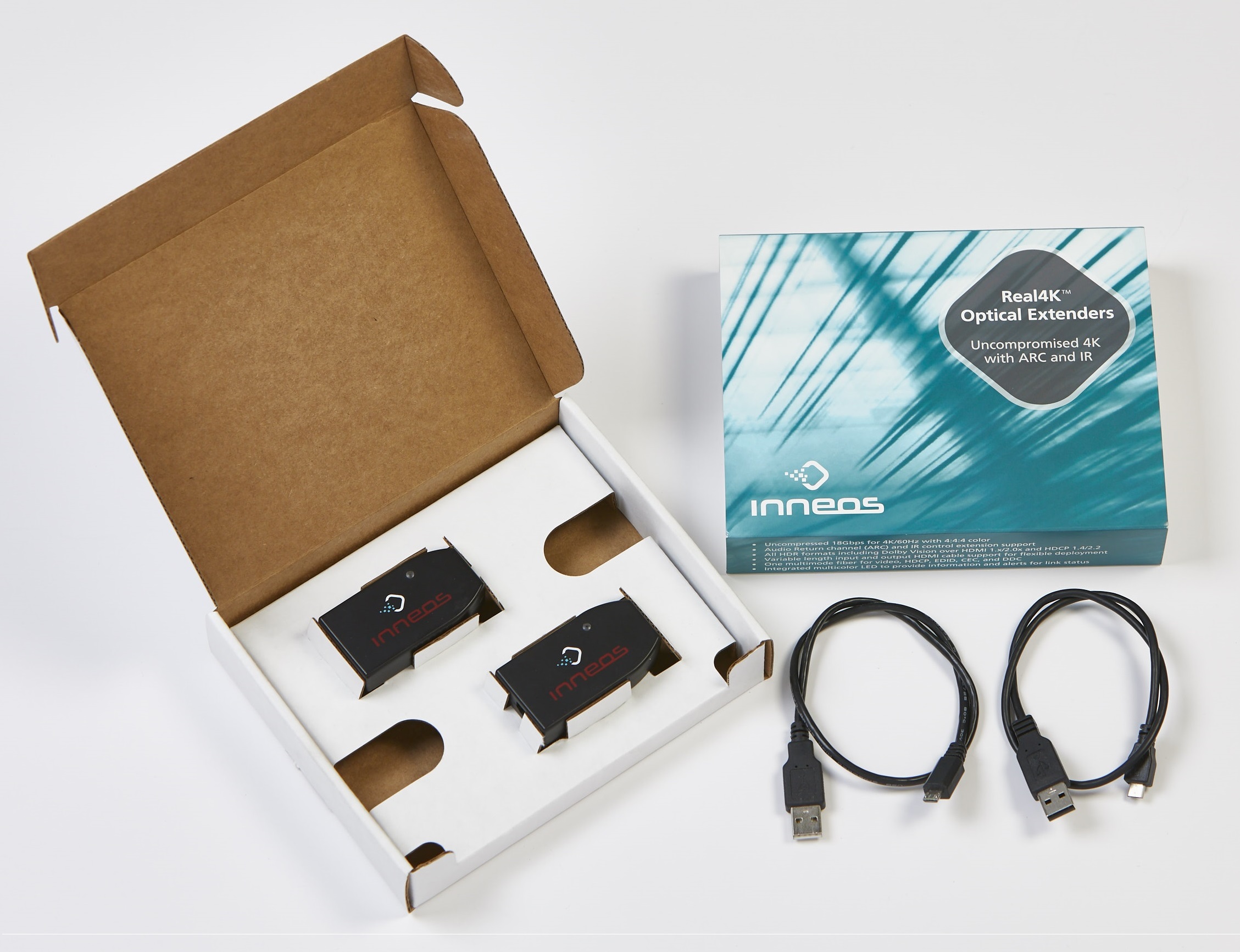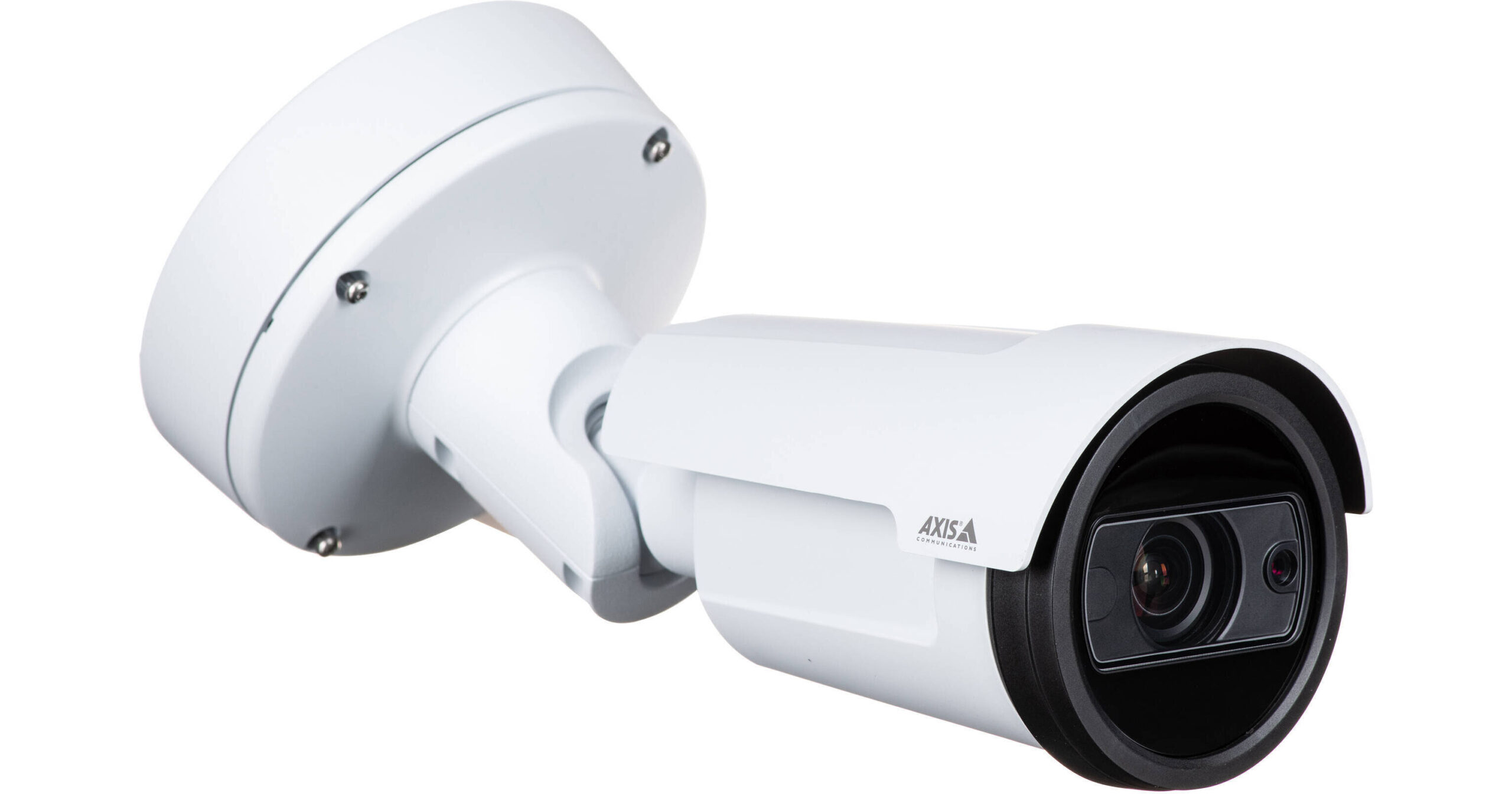More homeowners are bringing smart devices into their homes for convenience and comfort. In fact, there were about 47.38 million smart households in November 2020 in the United States, with a projected growth to 77.05 million by 2025. Unfortunately, this growth comes with horror stories of hacked baby monitors and surveillance cameras, and concerns about privacy, data breaches, and identity theft, as markets rush to deliver home automation capabilities with poorly secured systems without encryption technology. Many consumers who fill their homes with these devices may be inviting hackers that can enter the home via a smart thermostat or television with a vulnerability. They collect data from embedded sensors that may give them access to your sensitive information and family’s habits. Is it possible to use these tools without risk? Unfortunately not, but there are steps homeowners can take to protect their home’s assets and data. Here are Xssentials’ easy-to-follow tech tips that will lower your devices’ susceptibility to hackers.
Secure Your Router
Your router acts as a digital doorway to your home, so it’s important to invest in one with a reputable security reputation. An online attacker can swiftly access all home automated devices in your network through a poorly secured router, but a few actions can stop them in their tracks. Change the default admin password, select a network name that doesn’t reveal personal details, and check that it’s running the most current firmware. You could also set up your smart home devices under a second Wi-Fi network with an unassuming name; some routers let you have multiple networks with separate names and passwords. This means an attacker who has hacked into one of your devices will still find themselves segregated from your sensitive information. Take your safety a step further by creating a guest network for visitors to use so they can’t access your home automation devices either.
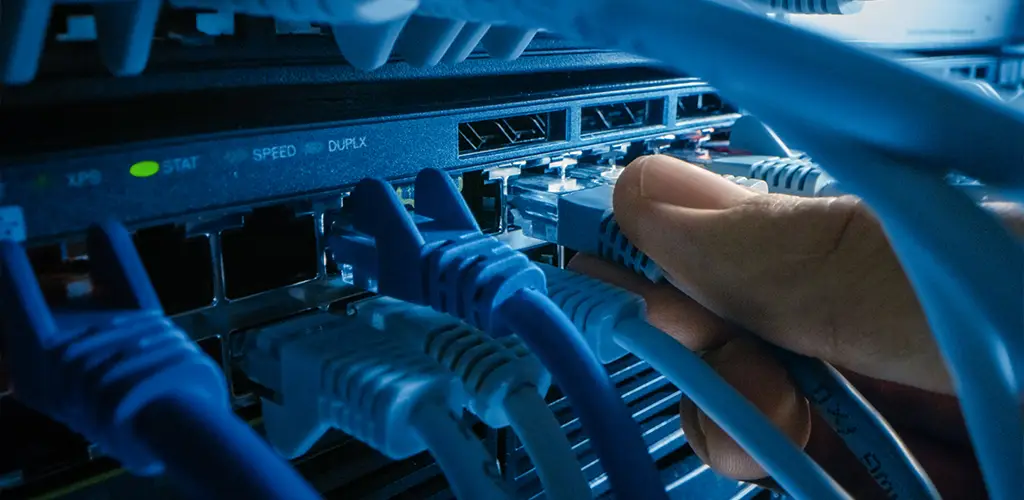
Invest in a Cloud Service
It’s worth investing in a cloud service that helps homeowners manage and secure their devices. Whether you choose Vivint, ADT, or another service provider, you’ll be able to have peace of mind that this service is working hard to protect your network. Without a cloud service, it’s up to homeowners to check up on your system’s security, which can be confusing and time-consuming. Under a cloud service, homeowners can require two-factor authentication and a complicated password to add an extra layer of security to access the account. Your passwords for all devices and accounts should be lengthy, different from each other, use letters and numbers, and be free of any personal information.
Weigh the Risks Vs. Benefits
It’s important to remember that no system infrastructure can be 100% secured, but you can work to reduce the risk as much as possible. Each time you connect a smart device to your system, analyze the risks that come with it. Is your device’s convenient service worth the risk of a hack? If not, don’t do it! For example, the most vulnerable devices include outdoor systems containing embedded computers with little or no security, such as garage door openers, smart sprinklers, and wireless doorbells. Anyone driving down the street with a computer or Wi-Fi transmitter can easily access these devices. Your second most vulnerable devices are interior devices you can control with a smartphone or app, such as smart bulbs, switches, doors, thermostats, baby monitors, CCTV cameras, and personal home assistants. Finally, your smart refrigerators and ovens are least likely to be targeted, but it’s still possible. By researching your devices and brands, you can make wise decisions for your home’s safety.

Register and Update your Devices
As soon as you unbox a new device, register it with the manufacturer to keep them up to date. Companies often release software updates that tackle new bugs and security issues. If your device has a discovered vulnerability, your company’s software updates are necessary to fix it. Furthermore, each time you install an associated app, be aware of what permissions you’re granting; there’s no need to allow extra access if it isn’t a necessity. Most software developers for home-automation devices aren’t focusing too heavily on security, so it’s important to report security vulnerabilities so they can patch them quickly. Because security functionality still has a way to go with smart home devices, apply updates frequently to ensure your system remains secure from simple, preventable hacks.
Factory Reset Before You Lose It
If you no longer want any of your smart electronics, factory reset the device before deciding to sell, throw out, or give it away. Each device should come with the manufacturer’s instructions to remove your data, and if you can’t find the instructions, a quick internet search will guide you. In this way, you protect your device from the next person who gets their hands on it, in case they maliciously access your sensitive information or communicate with other devices registered on your network. Any of your smart home devices controlled by a smartphone are especially susceptible otherwise.
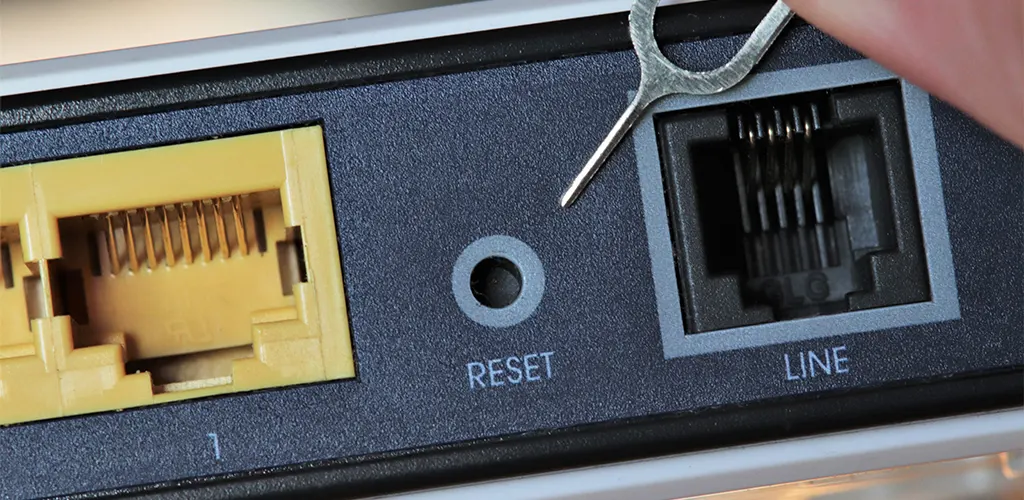
Consider Professional Installation.
The easiest way for you to secure your smart home’s system is by leaving it to professionals like Xssentials. We offer home security installation with built-in smart home integration. Our team of technicians can handle the hardwiring and any of your questions for advanced security measures. If you’re feeling ready to enjoy a smart home full of convenient devices and secure systems, contact us today to get started!
